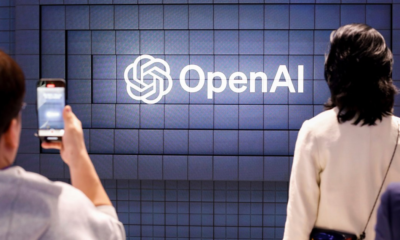Tech News
Magazine roundup: Top 100 leaders in technology – Technology Magazine
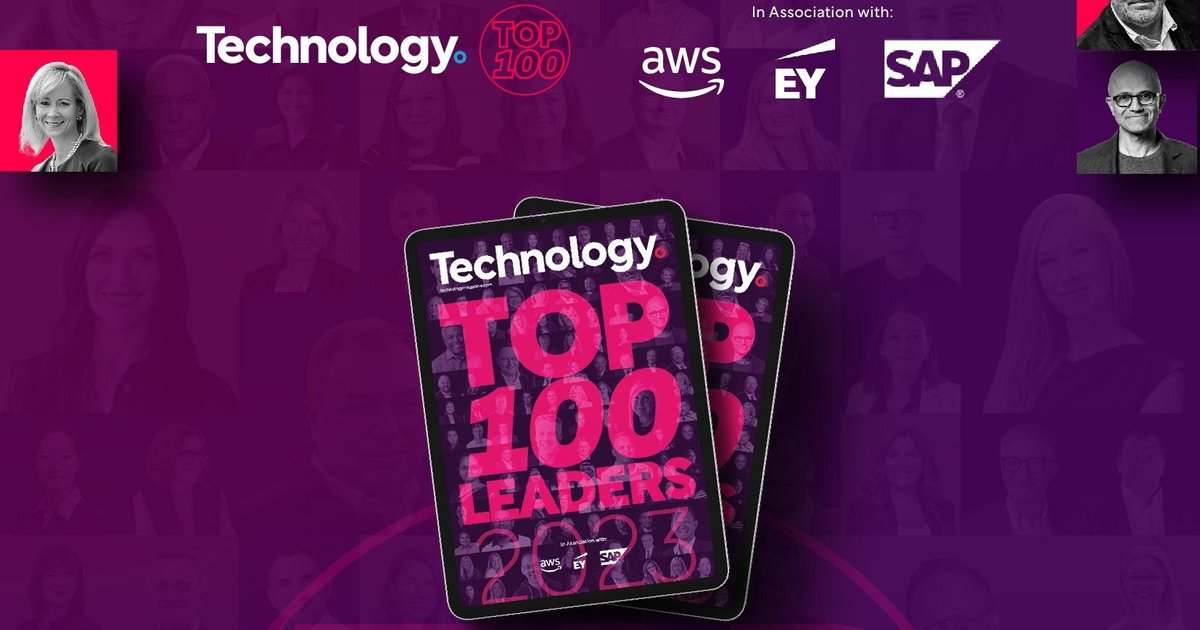
To round off the year, Technology Magazine takes a look back at its Top 100 leaders in the industry for 2023.
This definitive list of industry leaders are leading the charge when it comes to investment, innovation and making the most of new opportunities to advance technology solutions. What these individuals have in common is a passion for the industry, as they strive to make positive changes for the organisations they work for and the communities they serve.
Below, we round up the top 10 leaders honoured in the list for 2023. For the full list, follow the link HERE.
Joining IT Services and Consulting company, Tata Consultancy Services (TCS) in 1989 as a SETP Trainee, Sukanya S has more than 33 years of experience at TCS, including several key leadership positions including that of Business Head for Travel, Transportation & Hospitality Unit, Global Head – Delivery Excellence and Delivery Head for some of TCS’ leading customers.
She became the company’s Chief Information Officer in October 2023.
Nagesh Saldi joined Tesla in 2012 as the VP of Engineering, before being promoted to the CIO position six years later.
Alongside his team, Saldi is driving the sophisticated and pioneering digital transformation initiatives that Tesla is renowned for. He is responsible for the management of Tesla’s overall applications and systems. These include overseeing its global supply chain, worldwide manufacturing and factories, engineering, e-commerce, business intelligence and financial management.
John Powers is a principal at Deloitte and serves as Global Chief Transformation Officer and Chief Information Officer (CIO).
As CIO, Powers chairs the Deloitte Technology Executive and has responsibility for all facets of technology including strategy, applications, infrastructure, support and execution. Additionally, as Transformation Officer, he guides, directs, and sponsors the implementation of transformative programs and is accountable for embedding sustainable change.
Powers also formerly led Deloitte’s Defense Sector and its Mergers & Acquisitions (M&A) practice in the US and globally.
Michael Wintergerst is part of IBM’s ecosystem unit as the Global Chief Technology Officer across all brands for the SAP business.
He works hand in hand with SAP to enhance IBM's hybrid cloud offerings, infuse IBM’s Watson solution into SAP products, partner with SAP in the security space and further strengthen the 50-year bond between SAP and IBM.
In his role Wintergerst enables customers with the very best IBM and SAP solutions.
As CTO Stefan Palzer leads Nestlé’s R&D activities to deliver nutritious, healthy, sustainable and affordable food and beverage innovation globally.
He and his teams are focused on exploring cutting-edge science and technology across Nestlé’s value chain, accelerating innovation and scientific breakthroughs and bringing relevant product innovations to market rapidly.
After studying Food Technology at the Technical University of Munich, Germany, Stefan obtained a PhD in Process Engineering and a qualification as Professor from the same University. He holds an MBA in Marketing from the University of Hagen, Germany.
Sam Kini has worked extensively across the technology industry with a strong focus in the telecommunications sector, including at Virgin Media and Telenet.
Prior to joining Unilever in 2020, Kini was the Chief Data & Information Officer at EasyJet, where she was accountable for all IT, Data, Digital, Cyber Security Operations, Portfolio, and Transformation Delivery.
Her current role has her overseeing the company’s enterprise architecture as well as the development and delivery of applied technology across all applications and platforms.
Apple CIO since 2022, Timothy Campos was Facebook’s first CIO for nearly seven years – joining after becoming the youngest CIO of any Fortune 500 company at KLA-Tencor. At Facebook, he was responsible for helping to double employee productivity to an industry-leading US$1.8m in revenue per employee through innovation in software development and operations.
Before joining Apple Campos served as CEO at software company Woven, which was acquired by Slack in 2021. Campos has a BS in electrical engineering and computer science from the University of California at Berkeley, and an MBA from Columbia.
Satya Nadella is Chairman and CEO of Microsoft. Before being named CEO in February 2014, Nadella held leadership roles in both enterprise and consumer businesses across the company.
Joining Microsoft in 1992, he quickly became known as a leader who could span a breadth of technologies and businesses to transform some of Microsoft’s biggest product offerings.
Most recently, Nadella was EVP of Microsoft’s Cloud and Enterprise group. He joined Microsoft from Sun Microsystems.
Originally from Hyderabad, India, Nadella earned a bachelor’s degree in electrical engineering from Mangalore University, a master’s degree in computer science from the University of Wisconsin – Milwaukee and a master’s degree in business administration from the University of Chicago.
Dr Werner Vogels is Chief Technology Officer at Amazon where he is responsible for driving the company’s customer-centric technology vision.
As one of the forces behind Amazon’s approach to cloud computing, he is passionate about helping young businesses reach global scale, and transforming enterprises into fast-moving digital organisations.
Vogels joined Amazon in 2004 from Cornell University where he was a distributed systems researcher. He has held technology leadership positions in companies that handle the transition of academic technology into industry. Vogels holds a PhD from the Vrije Universiteit in Amsterdam and has authored many articles on distributed systems technologies for enterprise computing.
With deep experience in enterprise software, Thomas Kurian leads Google Cloud on its mission to accelerate organisations' ability to digitally transform their business.
Born in 1966 in Kerala in the south of India, Kurian started his career with McKinsey & Company as a consultant serving clients in the software, telecommunications and financial services industries for six years in London and Brussels.
In September 1996 he joined Oracle, working as Vice President of its e-business division and later working as President of Product Development. Kurian also served as a member of Oracle’s Executive Committee for 13 years.
Working closely with Oracle founder Larry Ellison, in 2018 Kurian resigned from the company after 22 years, having reportedly clashed with Ellison on the company’s cloud strategy.
Kurian became CEO of Google Cloud in 2018, overseeing a shift towards winning enterprise clients. In April of this year, Google reported that its cloud unit finally turned profitable in the first quarter of 2023.
******
Make sure you check out the latest edition of Technology Magazine and also sign up to our global conference series – Tech & AI LIVE 2024
******
Technology Magazine is a BizClik brand
Renewed five-year relationship will see Cognizant and Cambridge University Press & Assessment drive digital transformation and leverage AI technology
We look back at our events from 2023, which focused on some of the hottest topics in technology: from sustainability and AI to quantum computing
We take a look at some of the leading women in the tech sector and how their contributions to the field are advancing global digital transformation
Technology Magazine is the ‘Digital Community’ for the global technology industry. Technology Magazine covers the '7 Pillars of Digital Journey' – Digital Transformation, Cloud Computing, Cybersecurity, Digital Ecosystems, Strategic Alliances, Data & Data Analytics and AI – connecting the world’s largest community of enterprise IT and technology executives. Technology Magazine focuses on technology news, key technology interviews, technology videos, the 'Technology Podcast' series along with an ever-expanding range of focused technology white papers and webinars.
Tech News
Senators to seek billions for AI research, push for regulation – The Washington Post

Crafted by a bipartisan group of senators, the plan reviews a host of issues — including AI’s effect on the military, health care and workers. It could be released as soon as Tuesday.
A bipartisan group of senators, including Majority Leader Charles E. Schumer, will unveil a long-awaited “road map” this week for regulating artificial intelligence, directing Congress to infuse billions of dollars into research and development of the technology while addressing its potential harms.
The sprawling directive comes almost a year after Schumer (D-N.Y.) called for an “all hands on deck” push to regulate AI, saying Congress needed to accomplish years of work in months.
Tech News
Postdoctoral fellows grow research at Virginia Tech – Virginia Tech
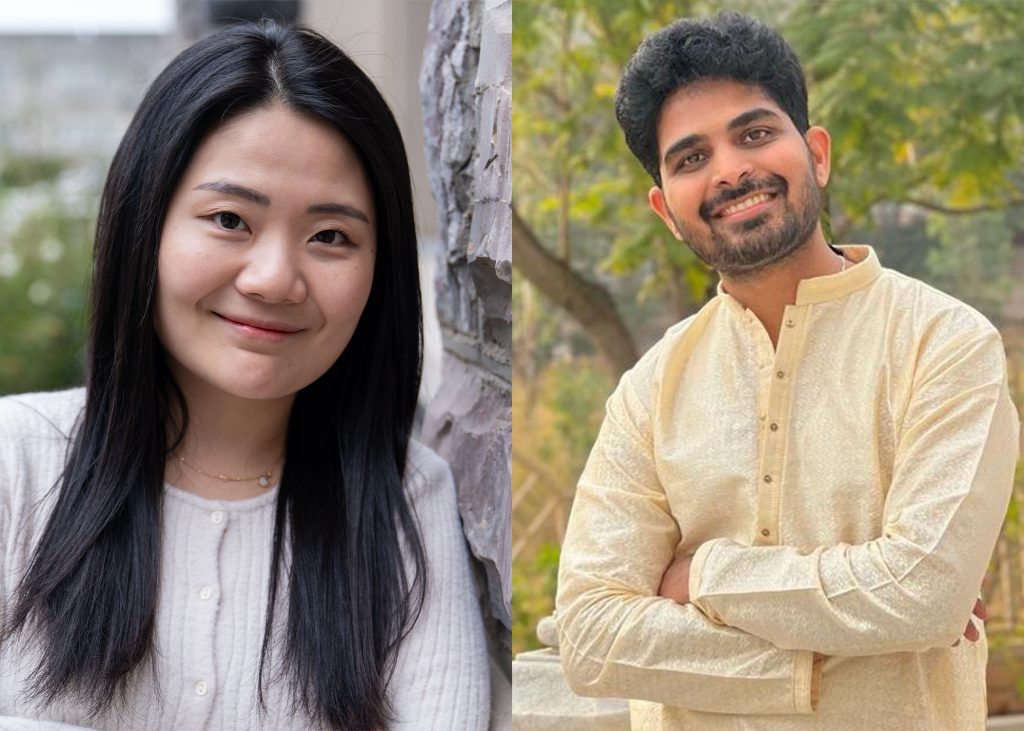
Two new postdoctoral fellows in the Department of Computer Science have joined the growing ranks of independent scholars contributing to the discipline while growing their nascent careers.
13 May 2024
The Department of Computer Science recently added its first two Presidential Postdoctoral Fellows, JinYi Yoon and Adithya Kulkarni.
They join the ranks of more than 200 postdoctoral scholars working across every Virginia Tech college and institute to advance the pursuit of knowledge and develop into the next generation of experts in their fields.
In 2022, to support the capacity of postdoctoral fellows to initiate innovative and exciting projects, the university established the Office of Postdoctoral Affairs to serve this important community.
“Our office sees our mission as supporting postdoctoral scholars through program and resource sharing so they can develop the skills and confidence they need to excel as researchers and also go out and serve the world in whatever career they choose, post-postdoc,” said Chris Smith, postdoctoral affairs program administrator.
That same year, the competitive Presidential Postdoctoral Fellowship was established. It seeks to strengthen the university’s ability to recruit outstanding, diverse postdoctoral associates by offering up to two years of salary and benefits, $10,000 for training and professional development, as well as formal mentoring. The fellowship is offered twice a year.
Yoon and Kulkarni talked about their work and their hopes for the program
Please explain what a postdoctoral fellow is and what you’ll be doing for the department and the university. Why did you choose Virginia Tech for your postdoctoral work?
A postdoctoral fellow is a researcher who holds a doctoral degree and is involved in advanced research. My primary goal is to contribute to Virginia Tech through conducting high-quality research. Additionally, I aim to share my experience by mentoring graduate students and participating in grant writing initiatives. I aspire to nurture long-term collaborations for sustained research projects and draw diverse international researchers to the university.
Virginia Tech offers an ideal environment for my research interests due to its strong faculty expertise, research centers, and industry collaborations. These centers facilitate potential collaborations with artificial intelligence (AI) experts, while the university’s partnerships with industries perfectly align with my research focus on edge intelligence and intelligent network systems.
Also, I am working with Bo Ji, and his work in machine learning (ML), networking, security/privacy, and mixed reality, particularly in edge intelligence, aligns well with my research objectives. His mentorship, conference organization, academic networking, grant pursuit, and curriculum development opportunities are essential for my future career as an educator, and I anticipate collaborating with other mentors and fellows to enhance our collective efforts. In addition to that, I really like Blacksburg.
What are you hoping to accomplish with your postdoctoral research?
Certainly, the most important focus is to conduct high-quality research in collaboration with Virginia Tech. My research interests are centered around machine learning-driven networked systems, particularly in the domains of edge intelligence and federated/split learning. Edge intelligence, also known as edge AI, refers to AI on edge devices such as smartphones or other devices located close to where data is generated, often near the user.
Although this area is both timely and captivating, it necessitates an understanding of both networking and AI concepts. While I currently align more closely with networked systems researchers, I aim to use my time at the university to develop into a proficient ML-driven networked systems researcher. I am deeply committed to becoming a researcher and educator, and this fellowship presents an invaluable opportunity to advance toward these goals, contributing to the ongoing research endeavors at Virginia Tech. I am very excited about collaborating with fellow postdoctoral researchers across diverse fields of study with the guidance of respected mentors, and this collaboration sets the stage for sustained research projects.
What advice do you have for students interested in becoming a postdoctoral fellow?
It’s quite a challenging question, as this is my first postdoc position. So far, I’ve come to realize that it is important to clarify long-term career goals and research interests. While it is possible to explore a wide range of research areas, as a postdoc and independent researcher, having a specific — yet flexible — focus can be advantageous. This does not mean doing the same things as before; instead, I want to emphasize the need to broaden your research experience without losing sight of your unique perspective.
Although it may be difficult to find a university or research institution that aligns with your research interests, once you secure a position, I believe the postdoc experience becomes invaluable for building professional relationships with fellow researchers and peers in your field, extending beyond the scope of your Ph.D. studies.
Please explain what a postdoctoral fellow is and what you’ll be doing for the department and the university.
The postdoctoral fellowship is a research-oriented position to train me for the next steps in my career and help me grow as a researcher, mentor, and lecturer. As a postdoctoral fellow, I will be combining the power of graph learning and large language models (LLMs) to develop approaches that enable explainability, interpretability, replicability, and, thus, the general robustness of LLMs. Furthermore, I will be mentoring graduate students working with my advisors Dr. Dawei Zhou and Dr. Lifu Huang. I plan to teach introductory computer science courses at Virginia Tech.
Why did you choose Virginia Tech for your postdoctoral work?
I adore the research work conducted by my advisors, Dawei Zhou and Lifu Huang. With their mentorship and guidance, I want to strengthen my research capabilities and increase the scope of my research. Furthermore, I learned about the exceptional training and support the Office of Postdoctoral Affairs provides to help postdocs grow professionally. I also wanted to be part of the vibrant community at Virginia Tech.
What are you hoping to accomplish with your postdoctoral research?
With my research, I plan to address hallucination issues faced by LLMs and overcome the requirement of labeled data for training LLMs. My research will apply to many domains, such as e-commerce, biomedicine, social networks, and natural language processing in general. Within computer science research, my work will drive research forward toward LLM explainability, interpretability, and general robustness. My postdoctoral research will continuously generate research papers, workshops, and tutorials on natural language processing, AI, data mining, and machine learning conferences.
What advice do you have for students interested in becoming a postdoctoral fellow?
A postdoctoral fellowship will help you strengthen your understanding of the research in your field of study and help you grow as a researcher and mentor. You will learn to become an independent researcher and gain mentorship experience, which will be pivotal to having a successful career both as a research faculty or as a researcher in a corporate setting. The experience of your advisors will help you gain exposure to research, grant writing, and teaching courses, which are seldom learned during a Ph.D. Virginia Tech has exceptional postdoctoral training and support, and I suggest becoming a postdoctoral fellow to grow professionally.
Written by Tayler Butters, a senior English major in the College of Liberal Arts and Human Sciences
Chelsea Seeber
540-231-2108
Virginia Tech demonstrates impact as a global land grant – progressing sustainability in our community, through the Commonwealth of Virginia, and around the world.
Get Directions
See All Locations
Contact Virginia Tech
For the media
© 2024 Virginia Polytechnic Institute and State University. All rights reserved.
Tech News
OpenAI’s newest AI model can hold a humanlike conversation – NBC News
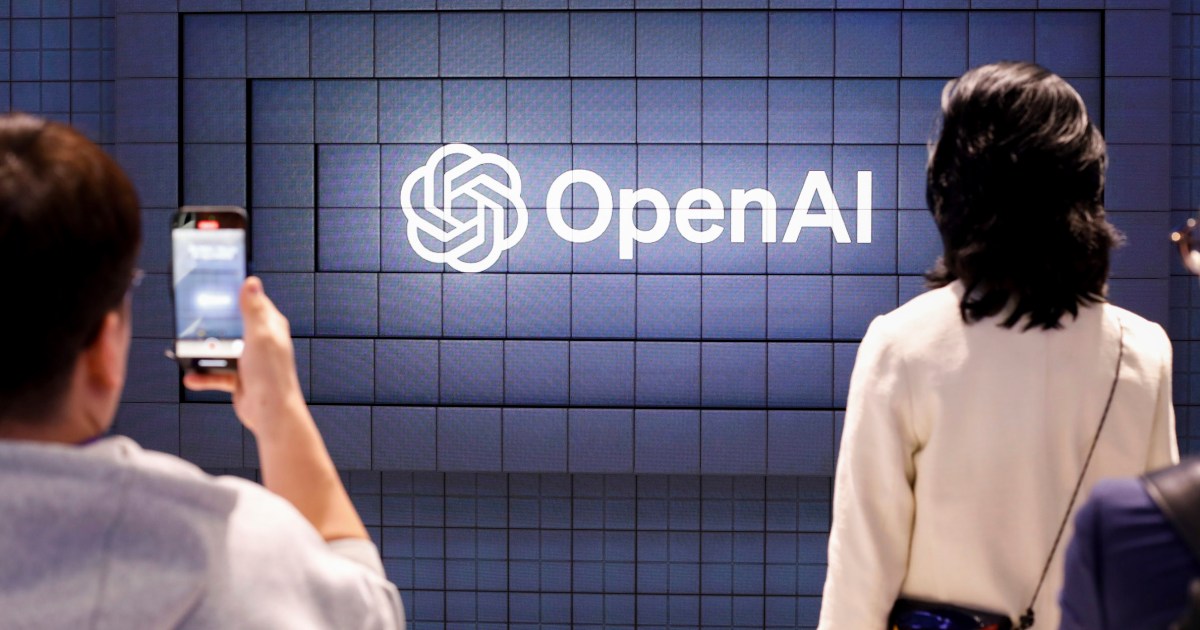
Profile
Sections
tv
Featured
More From NBC
Follow NBC News
There are no new alerts at this time
OpenAI has introduced its most comprehensive artificial intelligence endeavor yet: a multimodal model that will be able to communicate to users through both text and voice.
GPT-4o, which will be rolling out in ChatGPT as well as in the API over the next few weeks, is also able to recognize objects and images in real time, the company said Monday.
The model synthesizes a slew of AI capabilities that are already separately available in various other OpenAI models. But by combining all these modalities, OpenAI’s latest model is expected to process any combination of text, audio and visual inputs more efficiently.
Users can relay visuals — through their phone camera, by uploading documents, or by sharing their screen — all while conversing with the AI model as if they are in a video call. The technology will be available for free, the company announced, but paid users will have five times the capacity limit.
OpenAI, which is backed by Microsoft, also announced a new desktop app for ChatGPT, its popular chatbot first launched in 2022, on MacOS.
Mira Murati, chief technology officer at OpenAI, said during a livestream demonstration that making advanced AI tools available to users for free is a “very important” component of the company’s mission.
“This is the first time that we are really making a huge step forward when it comes to the ease of use. And this is incredibly important because we’re looking at the future of interaction between ourselves and the machines,” Murati said. “And we think that GPT-4o is really shifting that paradigm into the future of collaboration where this interaction becomes much more natural and far, far easier.”
Team members demonstrated the new model’s audio capabilities during the livestream, and shared clips to social media.
An AI assistant that can reason in real time using vision, text and voice would enable the technology to perform a creative range of tasks — such as walking users through a math problem, translating languages during a conversation and reading human facial expressions.
GPT-4o’s response time is much faster than previous models, Murati said in the livestream. The model significantly improves the quality and speed of its performance in 50 different languages.
It matches GPT-4 Turbo, its latest generation model before GPT-4o, in English and code abilities, according to an OpenAI blog post about the news.
It also surpasses existing OpenAI models in vision and audio understanding, the company wrote. CEO Sam Altman wrote in his own blog post Monday that GPT-4o’s new voice and video features are the “best compute interface [he’s] ever used.”
“It feels like AI from the movies; and it’s still a bit surprising to me that it’s real. Getting to human-level response times and expressiveness turns out to be a big change,” Altman wrote. “The original ChatGPT showed a hint of what was possible with language interfaces; this new thing feels viscerally different. It is fast, smart, fun, natural, and helpful.”
Voice capabilities in ChatGPT are not new — the model has offered users a conversational voice assistant since last fall. But unlike its existing voice mode, Murati said, GPT-4o’s voice feature reacts in real time, getting rid of the two- or three-second lag to emulate human response times.
And unlike in ChatGPT’s previous voice mode, a conversation with GPT-4o can keep flowing even if users interrupt it mid-response. During Monday’s demonstration, Mark Chen, head of frontiers research at OpenAI, revealed that GPT-4o can read the user’s tone of voice while also generating a variety of emotion in its own voice.
This new model comes on the heels of the company’s latest — still unreleased — text-to-video model Sora, which made waves in tech and entertainment circles in recent months after it was unveiled in February.
OpenAI’s announcement also rolled out just a day before Google’s annual I/O developer conference, scheduled for Tuesday, where the tech giant is expected to give updates on its latest AI-related developments as well.
In 2023, a record $29.1 billion was invested across nearly 700 generative AI deals, CNBC reported.
Angela Yang is a culture and trends reporter for NBC News.
© 2024 NBC UNIVERSAL
-
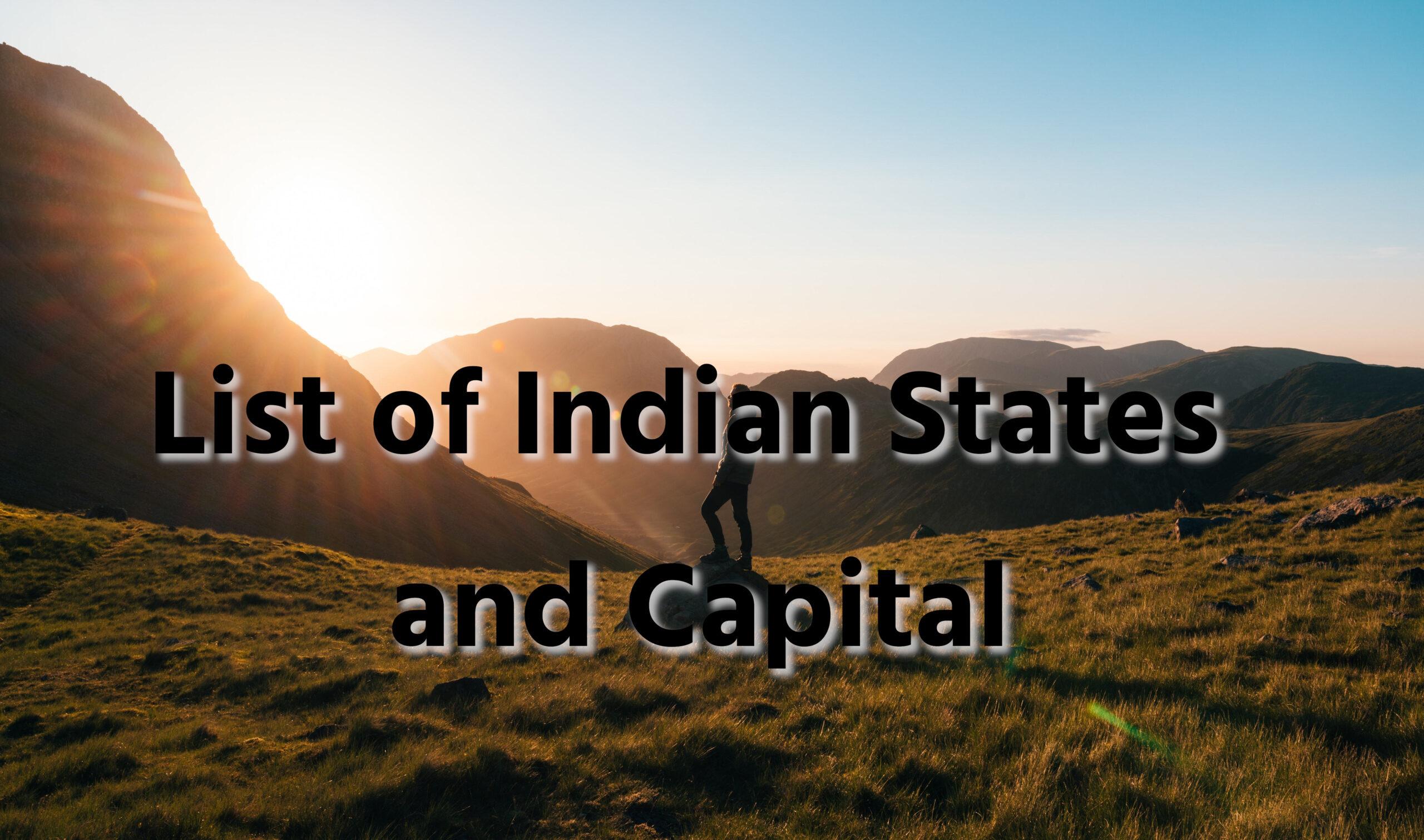
 General Knowledge2 years ago
General Knowledge2 years agoList of Indian States and Capital
-

 General Knowledge2 years ago
General Knowledge2 years agoList Of 400 Famous Books and Authors
-
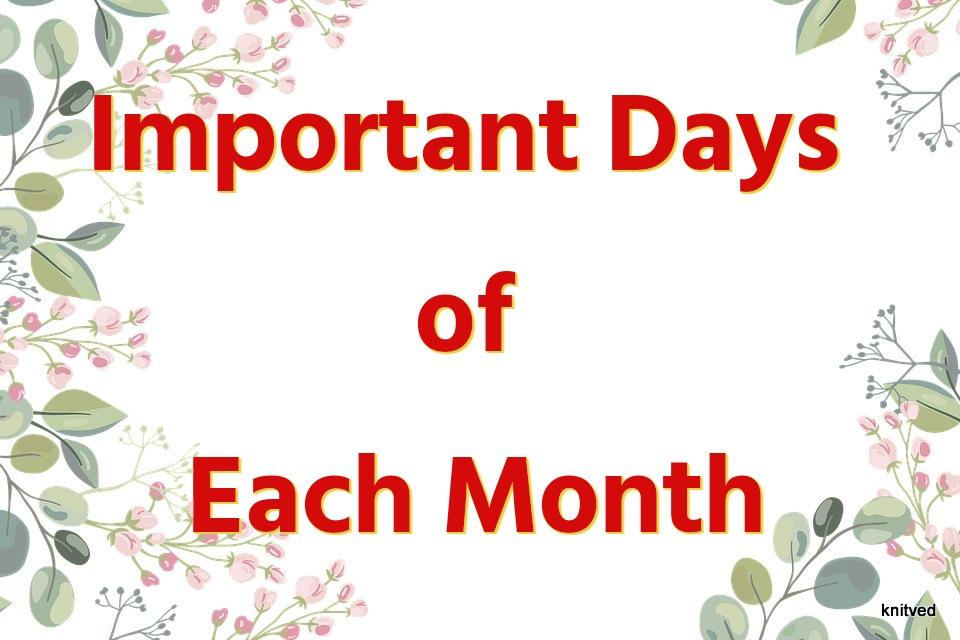
 Important Days4 years ago
Important Days4 years agoImportant Days of Each Month
-
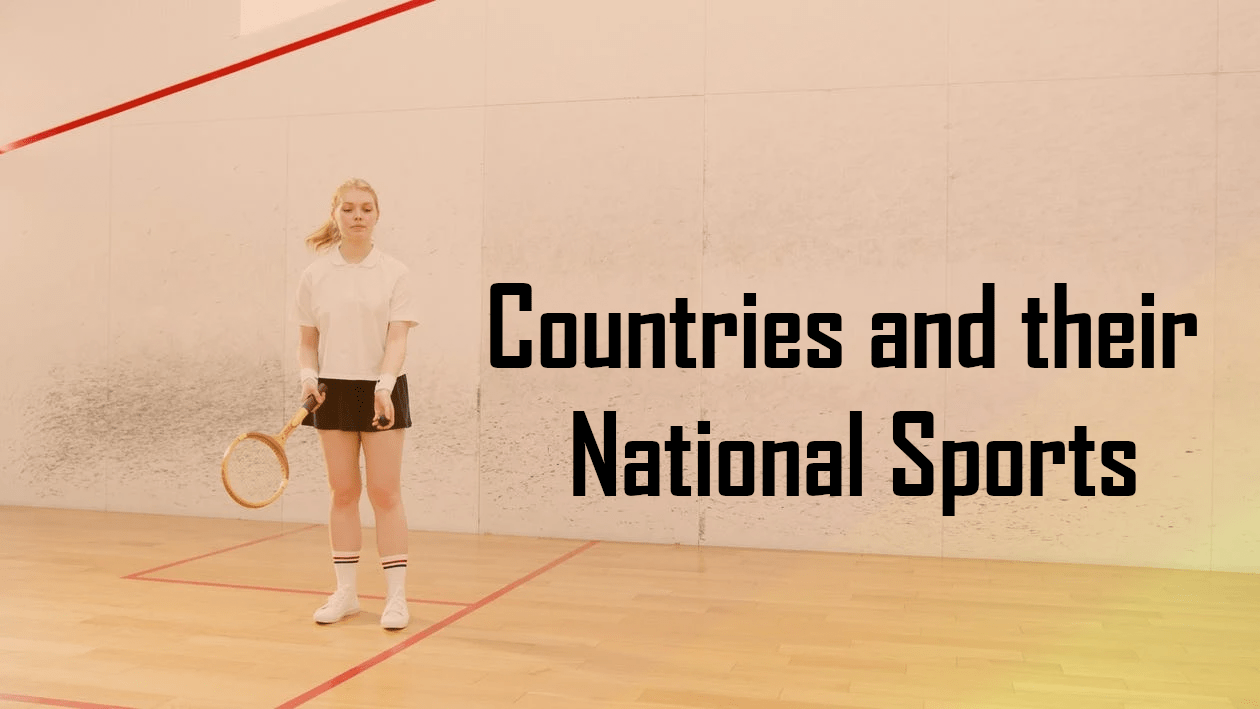
 General Knowledge2 years ago
General Knowledge2 years agoCountries and their National Sports
-
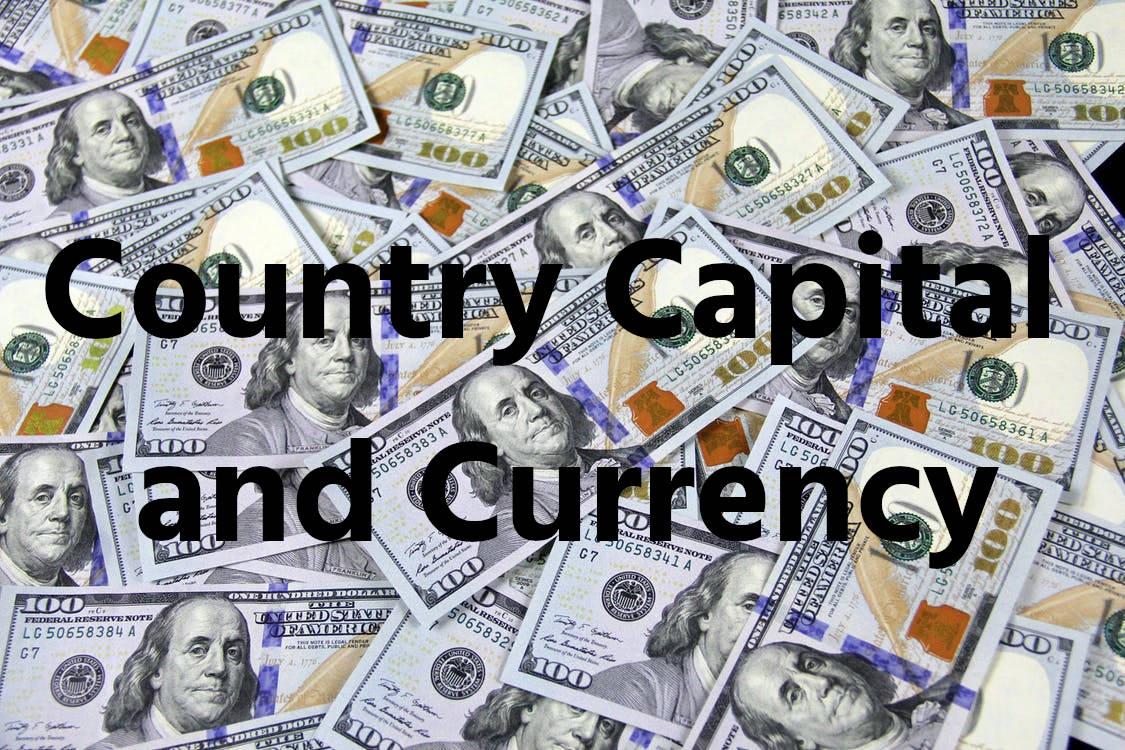
 General Knowledge3 years ago
General Knowledge3 years agoCountry Capital and Currency
-

 Important Days3 years ago
Important Days3 years agoHoli
-
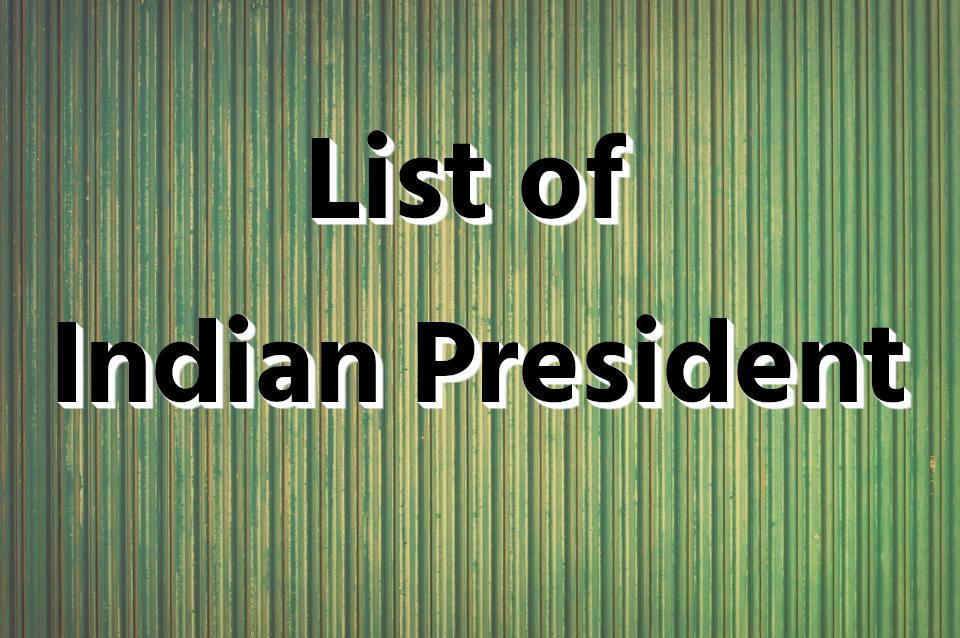
 General Knowledge2 years ago
General Knowledge2 years agoList of Indian President
-
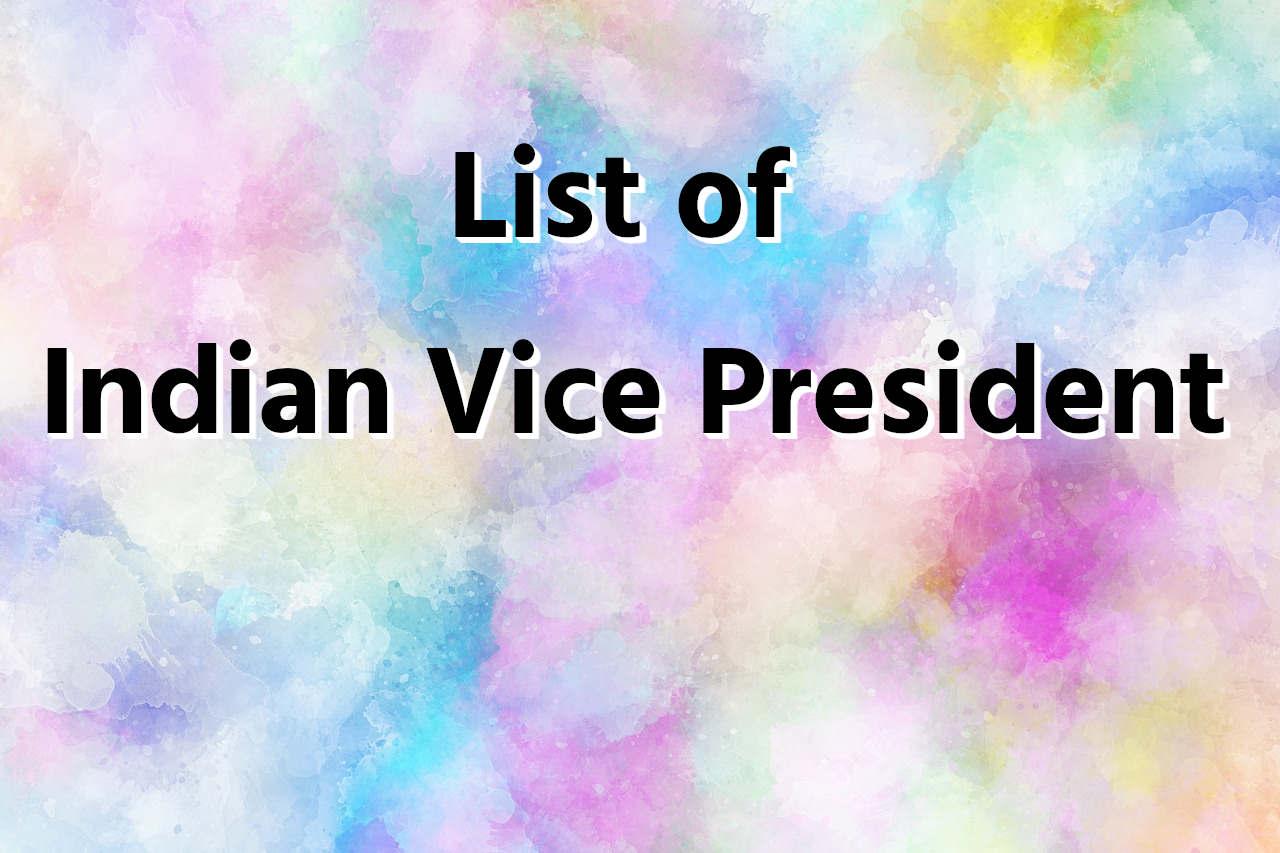
 General Knowledge2 years ago
General Knowledge2 years agoList of Indian Vice President





